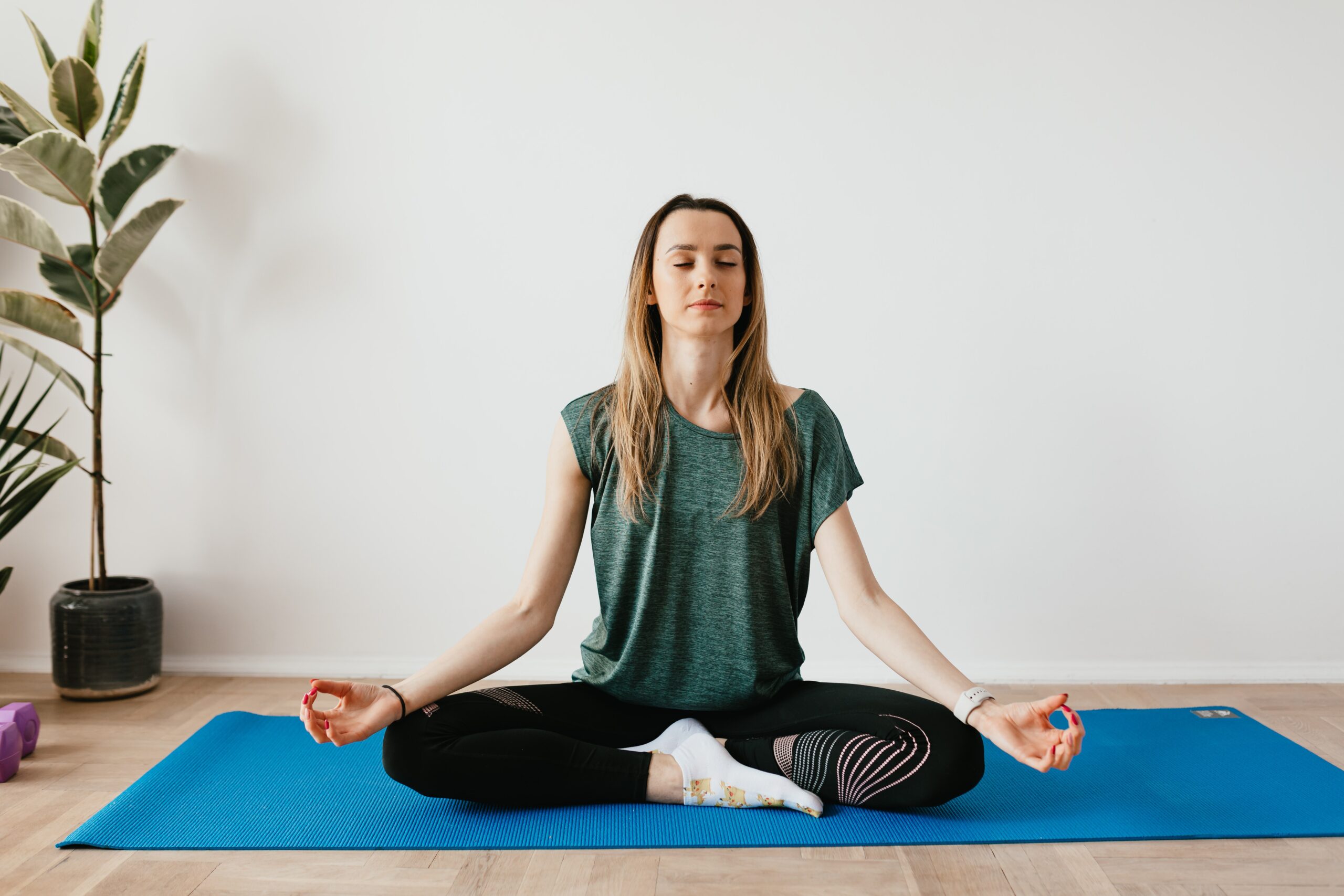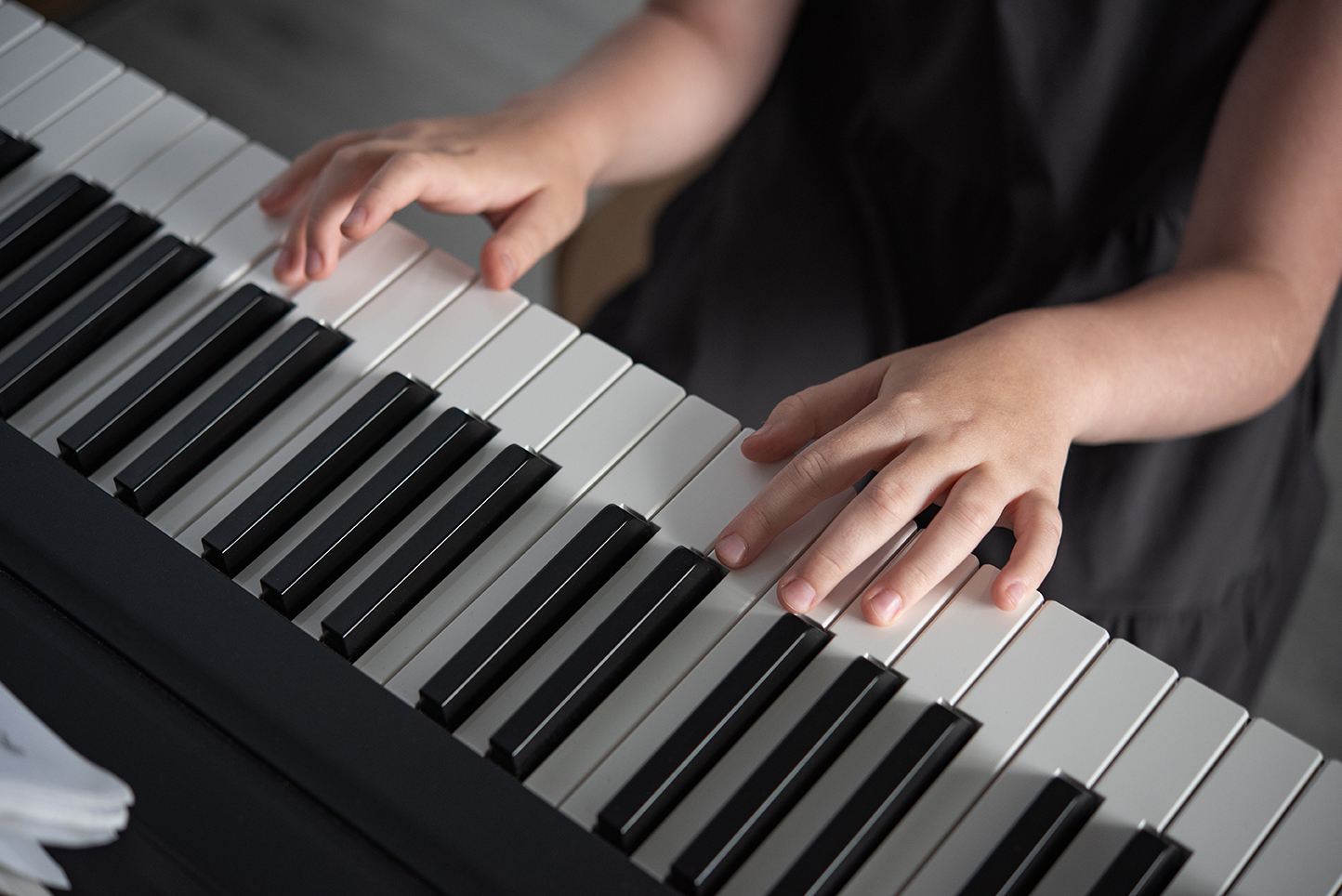Breathing & Health
Latest Posts • 05. April 2021
Breathing is the most natural thing for us and we therefore hardly pay any attention to it. Yet it can be worthwhile to take a closer look at breathing. How long can we live without breathing? Depending on how well trained we are, we can hold our breath for one or two minutes, but way less when we are under stress. And our breathing does so much more than simply keep us alive. Because HOW we breathe also has an influence on our body.

How we breath
How do we actually breathe and what happens when we breathe? How often do we breathe per minute? Here the principle applies, “we can only manage what we measure.”
Take a stopwatch and measure how many times you inhale and exhale per minute.
That aging has something to do with breathing became clear to me when I read a statistic about the oldest people. Many of them lived in Japan and in mountain villages. They constantly breathe in less oxygen and this seems to have a positive effect.
Let’s take a quick look at the breathing process. On the one hand, there is external respiration.
We breathe in air, oxygen is brought to all the cells of the body via our blood, and exhalation removes carbon dioxide. Internal respiration then takes place in the body, the exchange of gases between blood and tissue, and cellular respiration.
Here are a few facts:
1. 100 trillion cells breathe in our body.
2. Gestresste Menschen atmen in einer höheren Atemfrequenz als entspannte Menschen.
3. As important as oxygen is, it can be insidious, even deadly. This is called the oxygen paradox and oxidative stress.
We breathe 1000 times per hour.
24,000 times a day.
9 million times a year.
Our organism is like a fire, nutrients are burned and oxidation reactions take place. The faster oxygen is supplied, the stronger the fire burns. It is known that there is a direct connection between breathing and life expectancy.
Dogs, for example, breathe an average of 40 times per minute and live to be 20 years old.
Humans breathe an average of 17 times per minute and live to be 70 years old.
Turtles breathe 1-3 times per minute and live 250 years.
4. Carbon dioxide has a healing effect.Carbon dioxide prevents the reaction of free radicals and protects cells from destruction.
However, we do not have receptors that warn us of CO2 deficiency. It is our own job to maintain the CO2 balance.
Hypoxia and hypercapnia
For the proper balance of oxygen and CO2 in the body, it is important to know what is behind the terms of hypoxia and hypercapnia.
Hypoxia
So what happens in our body when we do altitude training and we have less oxygen available?
Oxygen deficiency = hypoxia
In hypoxia, the organism learns to distribute oxygen more effectively.
During altitude training, the body’s resistance increases and the carbohydrate, fat and protein metabolisms normalize. The body produces more new red blood cells. This results in a higher oxygen absorption capacity, improved oxygen transport and more effective oxygen utilization.
Daraus folgen:
1. Increase in performance
2. Optimized fat burning
3. Accelerated weight reduction
4. Strengthening of the immune system
5. Improved regeneration
Hypercapnia
When we breathe too much and too fast, we usually exhale too much CO2. However, there is no warning signal if we suffer from a deficiency.
A balance is also very important because CO2 influences various body functions such as:
1. Metabolism of the cells
2. Smooth muscles of the internal organs
3. The nervous system
4. Acid-base balance in the organism
5. Process of separation of oxygen from blood pigment
In order to maintain sufficient CO2 and a balance in the body, it is important to lower the breathing rate.
This is possible with the help of aerobic endurance sports, the practice of Far Eastern breathing exercises and a tool that I will introduce you to in my next blog article on this subject.




Leave A Comment